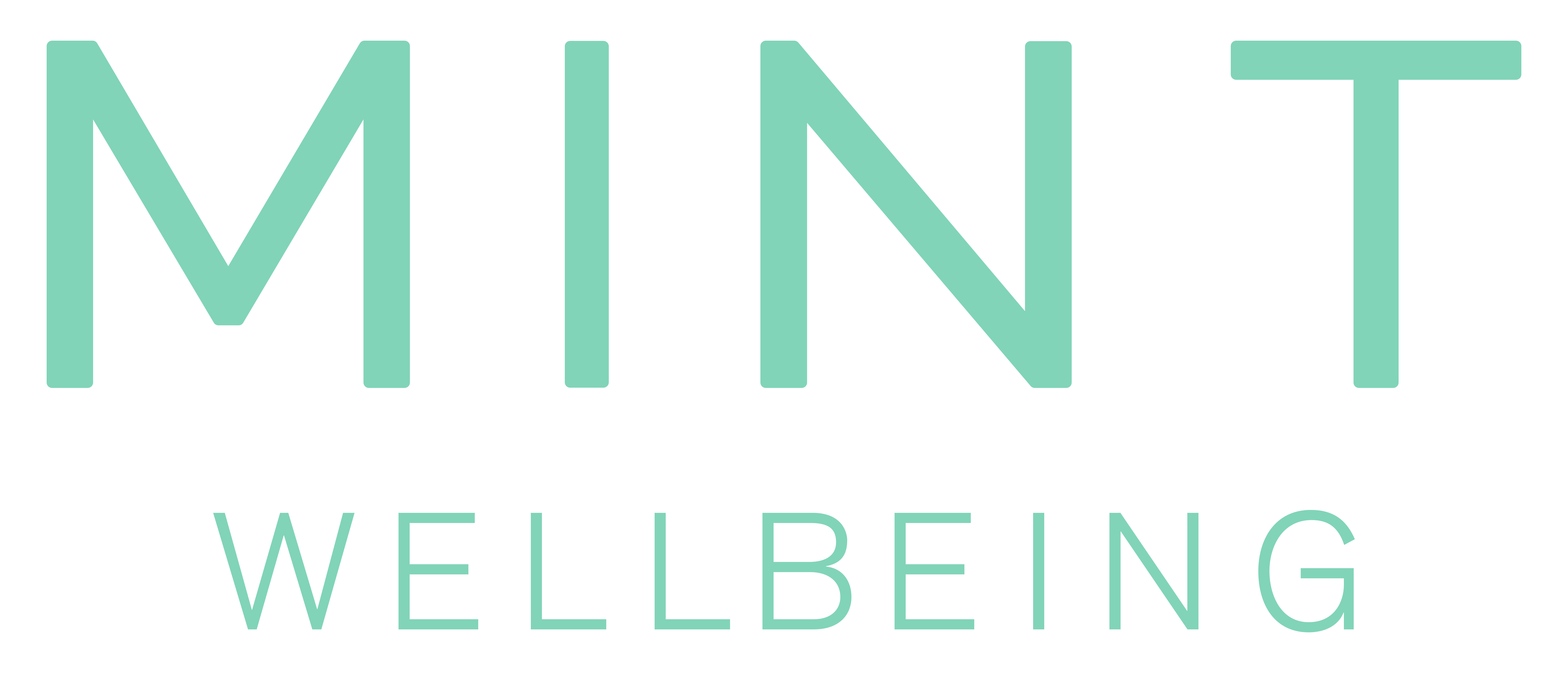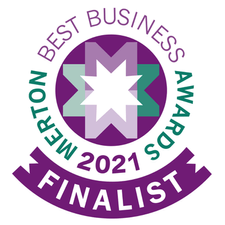ACL Injury
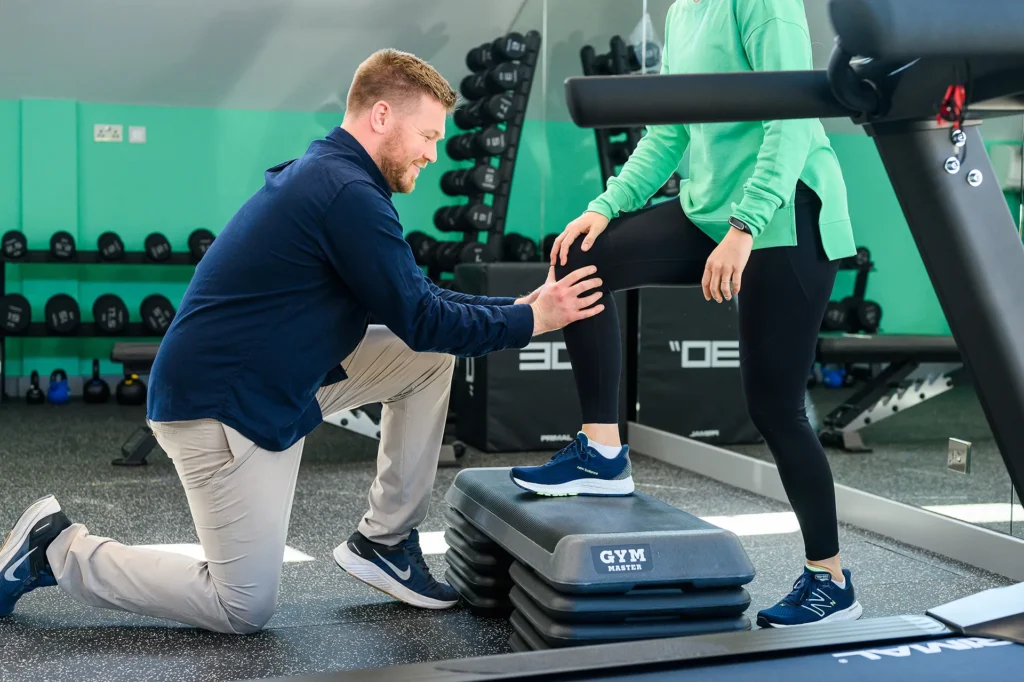
ACL Injury
Having an ACL injury is often an overwhelming and challenging time. We understand the physical and psychological challenges that come at every stage.
As a team we are passionate and highly experienced in managing surgical and conservatively managed ACL injuries.
Conservative (Non-Surgical) or Operative (Surgical) management of ACL injuries
Did you know that ACL injuries can be managed conservatively or with an operation. This decision making process is always supplemented with an MRI scan and discussion with an Orthopaedic Consultant.
Factors that will be considered include;
- Partial or complete rupture
- Associated injuries e.g. meniscus tear or ligament tear
- Stability of the knee; is it giving way in usual life or does it feel ok?
- Age
- The sports or activities you like to do
- Future goals
- Timing; you could try conservative first and if it doesn’t work you can move to an operation.
Ultimately, the decision between conservative and operative management should be personalised, based on your goals, lifestyle, and the specifics of the injury.
Prehabilitation before ACL surgery
No matter if you decide to go for non-surgical or surgical management of your ACL it is usually essential to do a period of pre-habilitation i.e. BEFORE any decision is made or before surgery.
The key objectives of this period include:
- Reduction in swelling
- Operating on a very swollen knee can lead to post-operative complications and the potential to develop arthrofibrosis
- Swelling can also inhibit muscle function therefore making the leg feel more unstable.
- Restoration of full extension (straightening of the knee)
- Having a knee which can straighten fully before surgery is
- Improving neuromuscular control in the knee and leg before the surgery
- Improving strength in the quads, hamstrings and calf before surgery results in significantly improved outcomes post operatively.
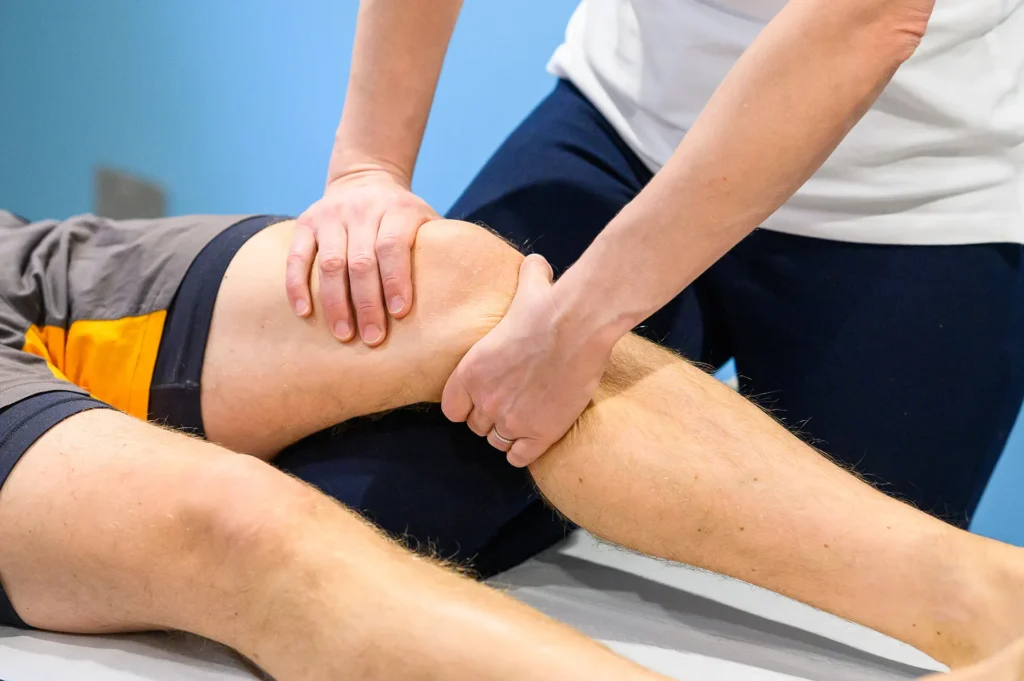
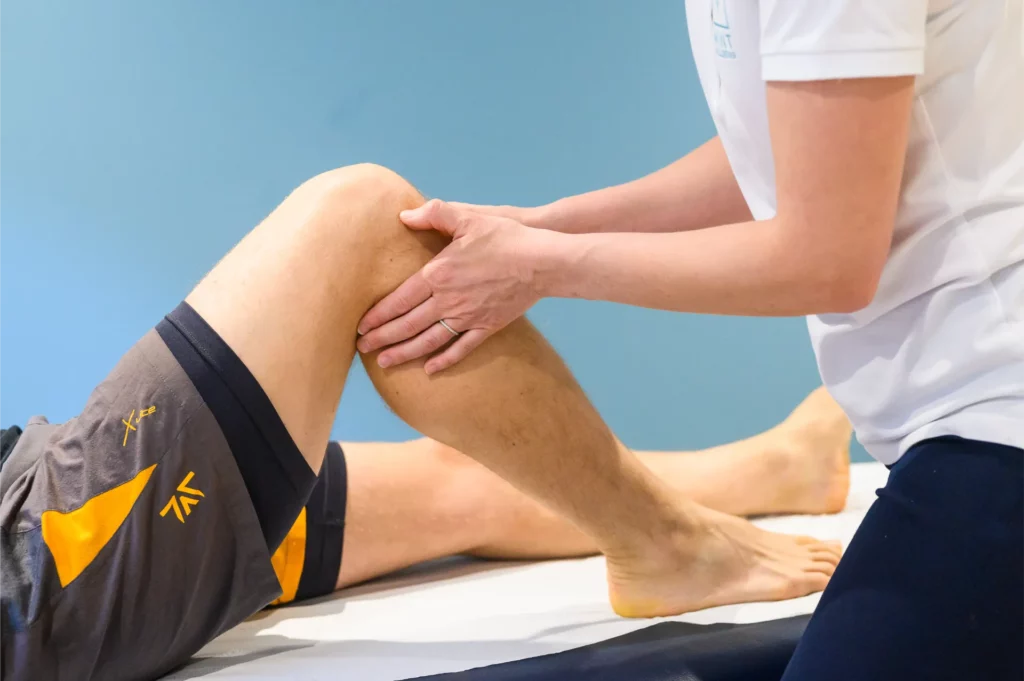
Rehabilitation following ACL surgery
After your ACL surgery you will usually come to see us on day 5-7 post op. You will be on crutches and will still have dressings on your wounds.
Week 1:
- Check the dressings are clean and dry but won’t change them
- Assess your ability to straighten and bend the knee. Your knee needs to be fully straight by 2 weeks after the operation. Bending the knee fully takes longer.
- Do gait re-education execises with you to ensure you are getting a good walking pattern
- Look at functional tasks such as getting in and out of the chair
Week 2 – 12:
Rehabilitation will then continue approximately weekly. Your Physiotherapist will gradually work on range of movement, strengthening, improving your walking pattern.
Week 12 – month 9:
By approximately week 12 after your ACL operation if you are meeting key objective markers for strength and control you will progress onto hopping and jumping exercises. We will gradually guide you back to running and then if you play a sport we will add in sport specific exercises and drills.
Conservative ACL Management
Your Physiotherapist will work with you to restore range of movement, strength and then once you are meeting objective markers they will introduce you to hopping, jumping, change of direction and sport specific movements.
If at any point you experience instability then we can initiate a conversation with your consultant again and you can reconsider ACL surgery!
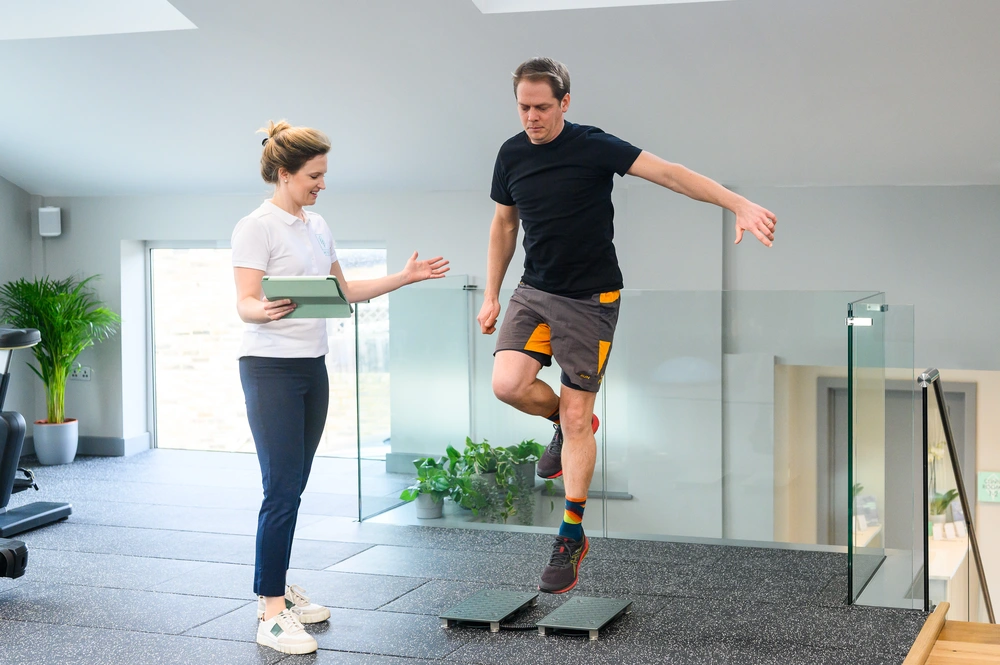
Meet the team of experts of Mint Wellbeing
Our team of Physiotherapists are highly qualified in their respective fields and we are confident that by coming to see us you will feel listened to, supported and ultimately know that you are in incredibly safe hands.
What our patients say..
